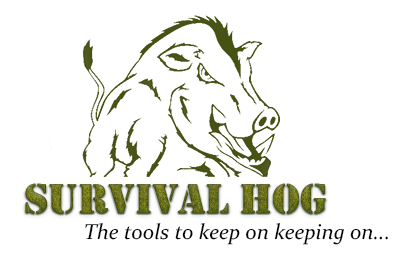
Knot tying is an essential skill for any outdoors enthusiast. Whether you’re a camper, hiker, sailor or wilderness survivalist, knowing how to tie knots can be invaluable in many situations. There are countless types of knots used for different purposes and a variety of materials that can be used depending on the task at hand.
For camping and hiking trips, knowing the basics of knot tying can come in handy for setting up shelters and securing objects around camp such as tarps and sleeping bags. A few examples of useful camping knots include square knots, sheet bends and clove hitches. Square knots are great for securely joining two ropes together while sheet bends are useful when connecting one rope to another with different diameters. Clove hitches are versatile and can be used for attaching a rope to a pole or stake.
If you’re a boater, then it goes without saying that knot tying is an absolute must-have skill. From anchoring your boat securely to the shoreline to repairing sails and rigging, there’s no shortage of tasks where knot tying comes in handy. Boaters should become familiar with useful knots such as the bowline, figure eight and sheet bend. The bowline is one of the most important and versatile knots anyone can learn because it can be used in many different scenarios from raising flags to securing sails. Figure eights are great for temporarily stopping a rope from running through pulleys or rings while sheet bends come into play when connecting lines of different thicknesses.
No matter what activity you’re into, knot tying is a valuable skill to have in your arsenal and even the most basic knowledge can go a long way. Take some time to learn the basics and practice with different types of rope until you feel confident in your ability. A few simple knots could end up saving you a lot of time, energy or maybe even your life!
